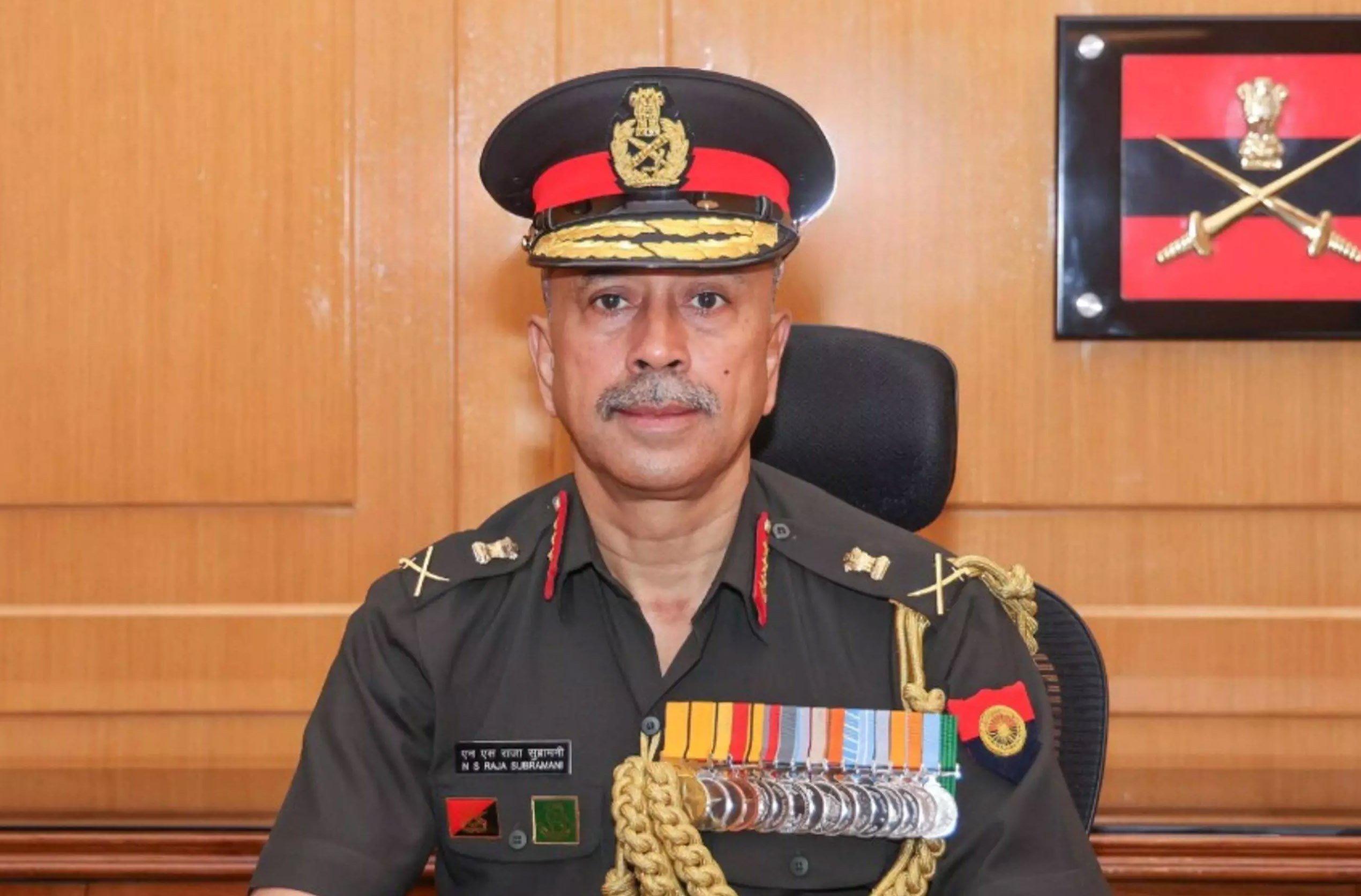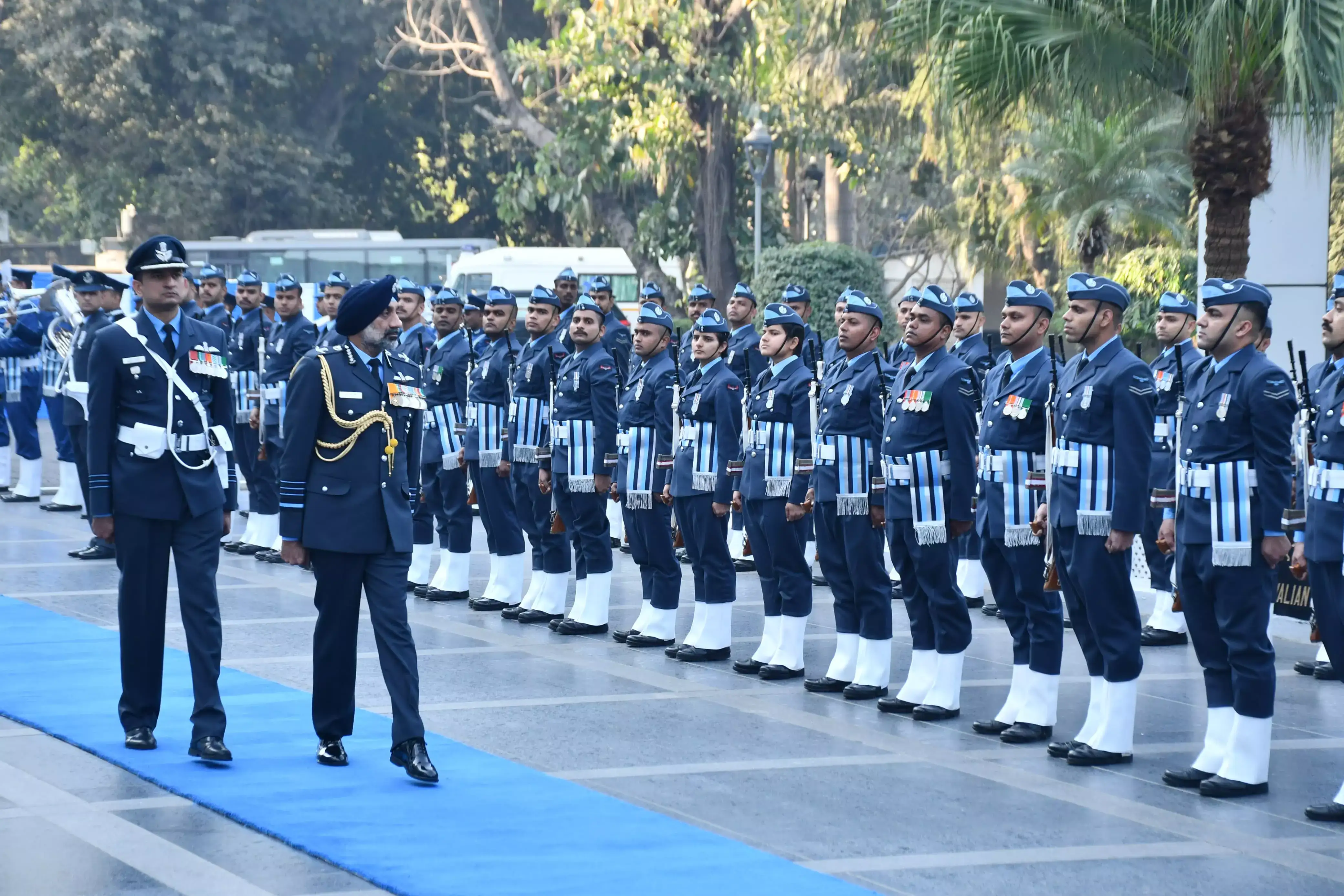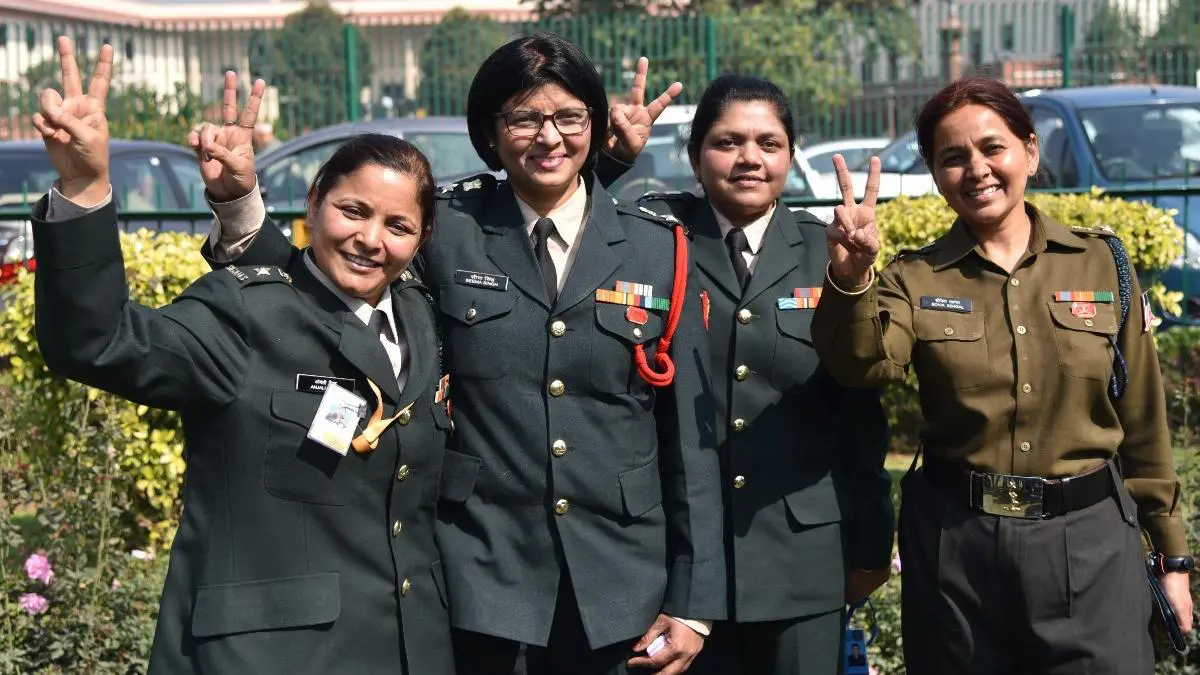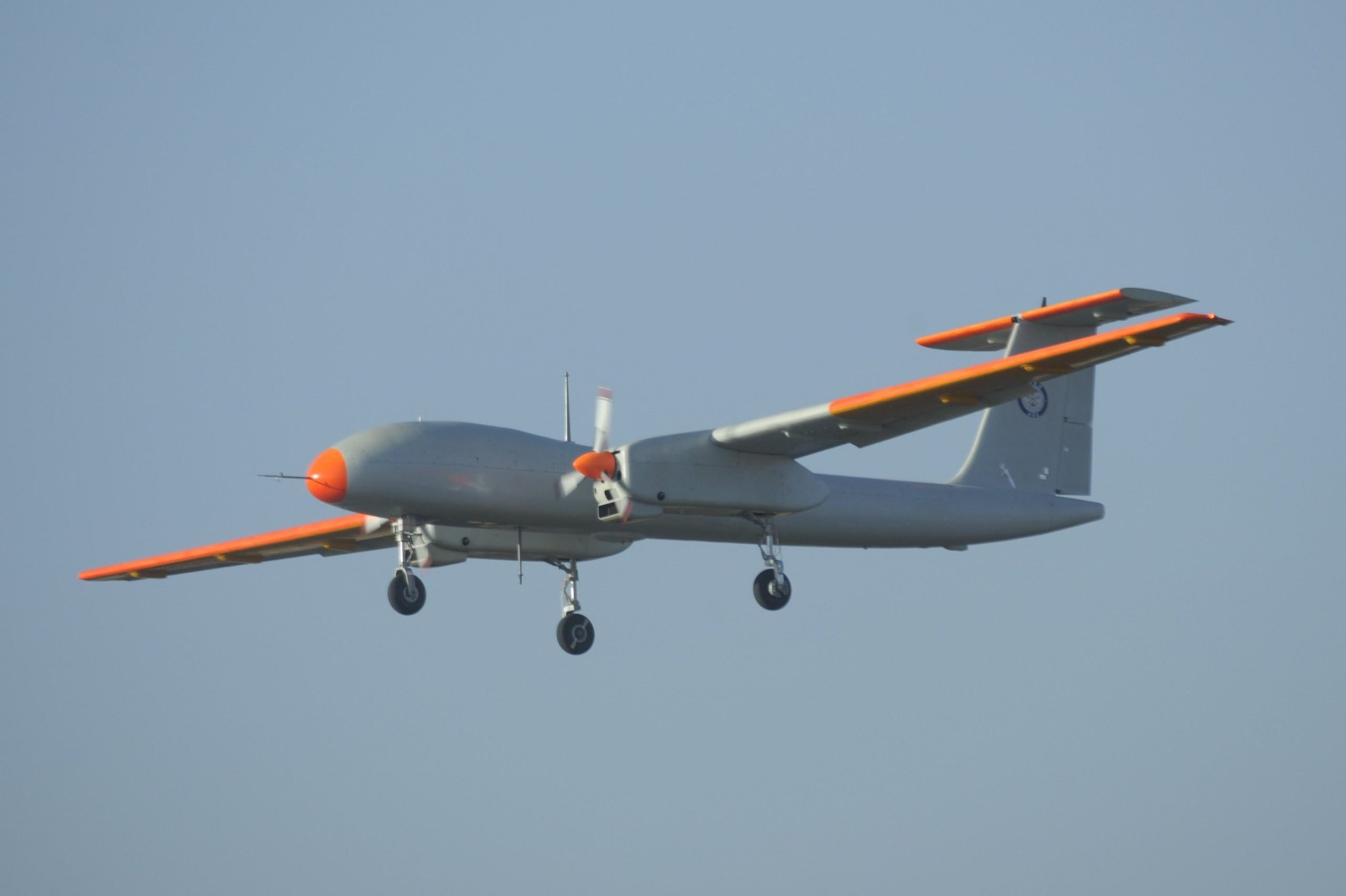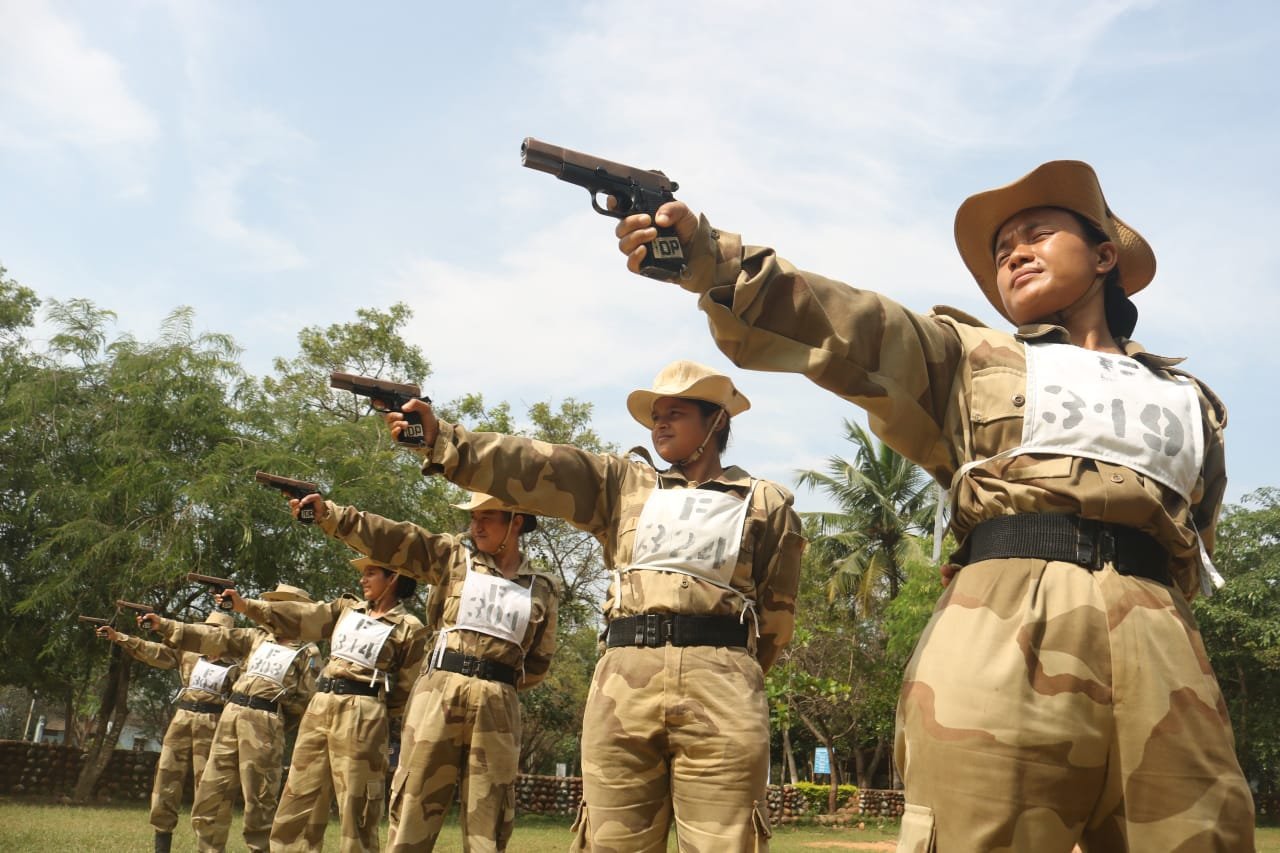Lt Gen N. S. Raja Subramani (Retd) Appointed as Military Advisor to NSCS
Decorated ex-Vice Chief of Army to bring 40 years of strategic expertise to NSCS as Military Advisor from September 1.
Indian Air Force Chief Visits Western Air Command, Lauds Operational Success
Air Chief Marshal AP Singh reviews preparedness post-Operation Sindoor, emphasizes future-ready capabilities.
IAF Bids Farewell to MiG-21; Air Chief Marshal A P Singh Takes Final Sorties
Iconic jet bows out after six decades of service; Tejas set to carry forward the legacy.
JAG 35 Merit List Out – 27 Candidates Recommended
The Judge Advocate General (JAG) Entry is a special entry scheme for law graduates who wish to serve in the…
TAPAS BH-201 UAV to Begin Flight Trials with Indigenous Engine
In a major step toward defence self-reliance, the TAPAS BH-201 unmanned aerial vehicle (UAV), developed by the Aeronautical Development Establishment…
CISF All Set to Induct First-Ever All-Women Commando Unit for Front-Line Operations
Move marks historic step in women’s empowerment, with CISF deploying female commandos for the first time in front-line roles.

